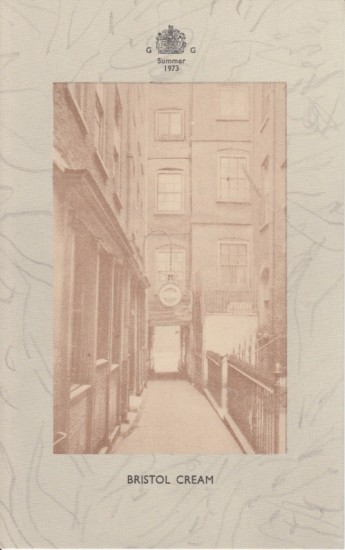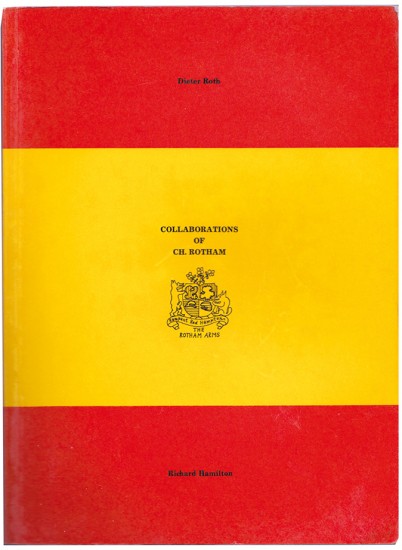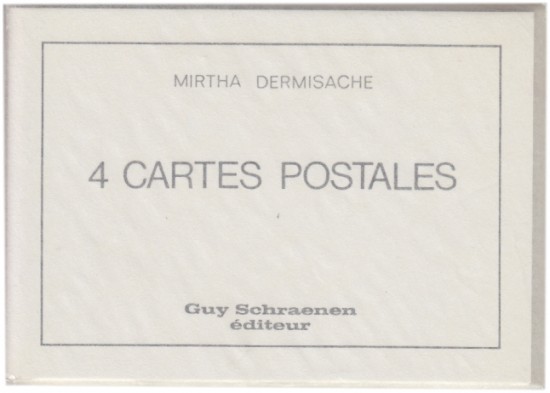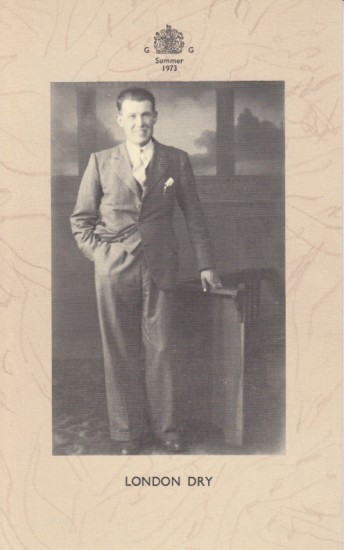Don Quijote de la Mancha: Facsimile de la Primera Edicion [&:] Las 1633 Notas [&:] Iconografìa de Don Quijote
Cervantes
Barcelona. Por El Coronel Francisco López Fabra, Imp. Pablo Riera. 1871–1873; 1874; 1879
Sold
A good copy of the facsimile of the first editions of both parts of Cervantes' Don Quixote together with the additional volumes of notes and iconography.
From the edition limited to 2,605 numbered copies on 'papel de Capellades D. Santiago Serra'.
Produced from the copies of the first editions of both parts of Don Quixote (Part I published in Madrid in 1605, Part II in 1615) from Madrid's Biblioteca Nacional, this facsimile edition was published in a series of 26 parts. The edition was printed 'en facsímile por la fototipografía, y publicada por su inventor el coronel Don Francisco López Fabra, bajo los auspicios de una Asociación Propagadora de la que son preseidente el excmo. Sr. D. Juan Hartzenbusch, autor de las notas de esta edición, y secretario el Sr. D. Carlos Frontaura'.
The first two volumes contain the facsimiles - apparently the first facsimile produced using a lithographic technique - of the first edition of each part of Don Quixote. The third volume presents a series of notes on the text by Juan Eugenio Hartzenbusch (as indicated there are 1,633 notes) giving details of variants and corrections, as well as textual analysis; the volume concludes with Hartzenbusch's contextual essay 'Cervántes y Lope en 1605: Citas y aplicaciones relativas à estos dos esclarecidos ingenios' and the ten issues of the 'Boletines' giving details of the publication history and subscribers. Volume IV, the 'Iconografia de Don Quijote' presents bibliographic details of 60 editions of Don Quixote with 101 tipped-inillustration taken from the relevant work. The editions inlude 15 printed in Madrid, 23 in Paris, 11 in London, 3 in Barcelona, and one each from Boston, Brussells, Copenhagen, The Hague, Leipzig, Prague, Tours and Venice.
'What had begun as a simple satire on the tedious chivalric romances of the time broadened into a sweeping panorama of Spanish society; and it was this, the variety, the liveliness, and the gibes at the famous, which won it instant fame. Its larger claims, the subdues pathos, its universal humanity, were slower to be appreciated ... Don Quixote is one of those universal works which are read by all ages at all times, and there are very few who have not at one time or another felt themselves to be Don Quixote confronting the windmills or Sancho Panza at the inn.' (PMM).
Although this facsimile and the subsequent volumes were published in a relatively large edition, the work is rare in commerce: examination of the subscribers' list in the 'Boletines' indicates that a large part of the edition was destined for academic institutions and the remainder for subscribers in Spain (particularly in Madrid and Barcelona). The only subscribers outside Spain (apart from Portuguese or Spanish-speaking countries) are two copies destined for Frankfurt and30 copies for the bookseller Bernard Quaritch 'para diversas Bibliotecas de Europa'.
[Palau 52135; see PMM 111 for the first editions].
From the edition limited to 2,605 numbered copies on 'papel de Capellades D. Santiago Serra'.
Produced from the copies of the first editions of both parts of Don Quixote (Part I published in Madrid in 1605, Part II in 1615) from Madrid's Biblioteca Nacional, this facsimile edition was published in a series of 26 parts. The edition was printed 'en facsímile por la fototipografía, y publicada por su inventor el coronel Don Francisco López Fabra, bajo los auspicios de una Asociación Propagadora de la que son preseidente el excmo. Sr. D. Juan Hartzenbusch, autor de las notas de esta edición, y secretario el Sr. D. Carlos Frontaura'.
The first two volumes contain the facsimiles - apparently the first facsimile produced using a lithographic technique - of the first edition of each part of Don Quixote. The third volume presents a series of notes on the text by Juan Eugenio Hartzenbusch (as indicated there are 1,633 notes) giving details of variants and corrections, as well as textual analysis; the volume concludes with Hartzenbusch's contextual essay 'Cervántes y Lope en 1605: Citas y aplicaciones relativas à estos dos esclarecidos ingenios' and the ten issues of the 'Boletines' giving details of the publication history and subscribers. Volume IV, the 'Iconografia de Don Quijote' presents bibliographic details of 60 editions of Don Quixote with 101 tipped-inillustration taken from the relevant work. The editions inlude 15 printed in Madrid, 23 in Paris, 11 in London, 3 in Barcelona, and one each from Boston, Brussells, Copenhagen, The Hague, Leipzig, Prague, Tours and Venice.
'What had begun as a simple satire on the tedious chivalric romances of the time broadened into a sweeping panorama of Spanish society; and it was this, the variety, the liveliness, and the gibes at the famous, which won it instant fame. Its larger claims, the subdues pathos, its universal humanity, were slower to be appreciated ... Don Quixote is one of those universal works which are read by all ages at all times, and there are very few who have not at one time or another felt themselves to be Don Quixote confronting the windmills or Sancho Panza at the inn.' (PMM).
Although this facsimile and the subsequent volumes were published in a relatively large edition, the work is rare in commerce: examination of the subscribers' list in the 'Boletines' indicates that a large part of the edition was destined for academic institutions and the remainder for subscribers in Spain (particularly in Madrid and Barcelona). The only subscribers outside Spain (apart from Portuguese or Spanish-speaking countries) are two copies destined for Frankfurt and30 copies for the bookseller Bernard Quaritch 'para diversas Bibliotecas de Europa'.
[Palau 52135; see PMM 111 for the first editions].
4 vols. Large 8vo. (282 x 210 mm). Facsimile: Each vol. with half-title in green and justification leaves, vol. I with 332 leaves printed recto and verso with facsimile of Part I of Don Quixote (1605), vol. 2 with 292 leaves printed recto and verso with facsimile of Part II of Don Quixote (1615); Notes: pp. viii, 202 and with 10 issues of the 'Boletin de la Reproduction Foto-Tipografica de la Primera Edicion ... &c.' bound in at rear of vol.; Iconography: Half-title, printed title, leaf with Fabra's dedication, leaf with prologue, 101 leaves with mounted plates on chine and 4 leaves with additional bibliographic detail. Later blue half-morocco by René Kieffer with his stamp to front free endpapers verso, marbled boards and endpapers, banded spines with gilt titles in six compartments, t.e.g. others uncut, original publisher's wrappers preserved.
#44035









